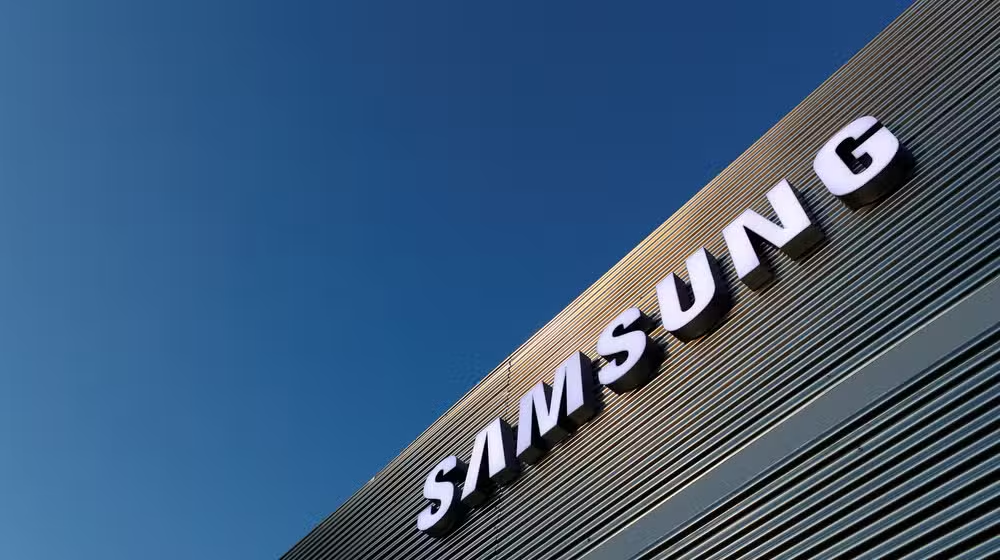Samsung Electronics has released an upbeat earnings guidance for the first quarter of 2025, forecasting a solid rise in consolidated sales driven by impressive Galaxy S24 smartphone demand and favorable conditions in the memory semiconductor industry. Despite the boost in revenue, the company expects operating profit to remain consistent with the same period last year.
This guidance, based on Korean International Financial Reporting Standards (K-IFRS), reflects the company’s stable financial performance amid global tech industry challenges, showcasing Samsung’s resilience and adaptability in its core business segments.
Q1 2025: A Strong Start for Samsung
Samsung projects its consolidated sales to hit approximately $53.8 billion, a significant jump from $49.2 billion in Q1 2024. This marks a clear upward trend for the tech giant, with the Galaxy S24 series playing a major role in this growth. The latest flagship has reportedly outperformed expectations in multiple regions, reinforcing Samsung’s dominance in the global smartphone market.
On the semiconductor front, the company has benefited from improved market dynamics. The demand for memory chips, especially DRAM and NAND, has seen a steady rise with increasing adoption in AI applications, data centers, and high-performance computing devices. Samsung’s leadership in this space has enabled it to capture a larger market share and strengthen its revenue streams.
Despite the increase in sales, Samsung’s operating profit is expected to stay flat at $4.5 billion, aligning with last year’s Q1 performance. The tech giant has also provided a range for its earnings forecast, estimating sales between $53.5 billion and $54.6 billion and operating profit between $4.4 billion and $4.5 billion. These numbers are part of its preliminary earnings guidance, with final results to be announced by the end of the month.
Comparing Yearly Performance
Looking back at Q1 2024, the company had reported consolidated sales of around $49.2 billion. The rise to nearly $54 billion in Q1 2025 represents a notable 9.4% year-over-year increase, signaling strong market momentum.
The operating profit, while remaining flat at $4.5 billion, reflects Samsung’s ability to manage costs and maintain stability despite macroeconomic headwinds, fluctuating exchange rates, and global supply chain uncertainties.
Quarter-over-Quarter Growth Shows Positive Momentum
Comparing Q1 2025 to the last quarter of 2024, Samsung’s financial outlook continues to show promising growth. In Q4 2024, the company had reported sales of approximately $51 billion. The rise to $53.9 billion in Q1 2025 indicates ongoing demand for Samsung’s products across categories.
Although the operating profit was slightly higher in Q4 2024, the minor dip in Q1 2025 is not a major concern, especially given the early-stage expenses tied to the launch of the Galaxy S24 and new chip production lines.
This consistent quarterly growth points to a healthy start to the fiscal year and provides investors and market watchers with a reason to remain confident in Samsung’s strategy.
Galaxy S24 and Semiconductors: The Twin Growth Engines
The performance of the Galaxy S24 series is proving to be a key revenue driver in Q1 2025. Packed with AI features, enhanced camera capabilities, and a sleeker design, the S24 has gained strong traction among consumers, especially in Asia and Europe. Early reviews and user feedback have been largely positive, contributing to Samsung’s mobile division success.
Meanwhile, the memory semiconductor division is also seeing a revival. Following a period of price volatility and reduced global demand, the market for chips is now rebounding. Samsung’s strategic investments in advanced memory technologies have positioned it well to benefit from this turnaround.
Samsung’s ability to grow sales despite maintaining flat profits is a testament to its disciplined cost management and long-term investment in innovation. The company has repeatedly emphasized its focus on AI, 5G, and next-generation semiconductors as key areas of future growth.
Looking ahead, analysts are keeping a close eye on the global economic climate, U.S.–China trade dynamics, and inflationary pressures. However, with a strong product lineup, improved market conditions, and ongoing demand for digital technologies, Samsung appears well-positioned to navigate these uncertainties.
The final financial results for Q1 2025, expected later this month, will provide a more detailed look into Samsung’s individual business segments and profitability breakdown.



